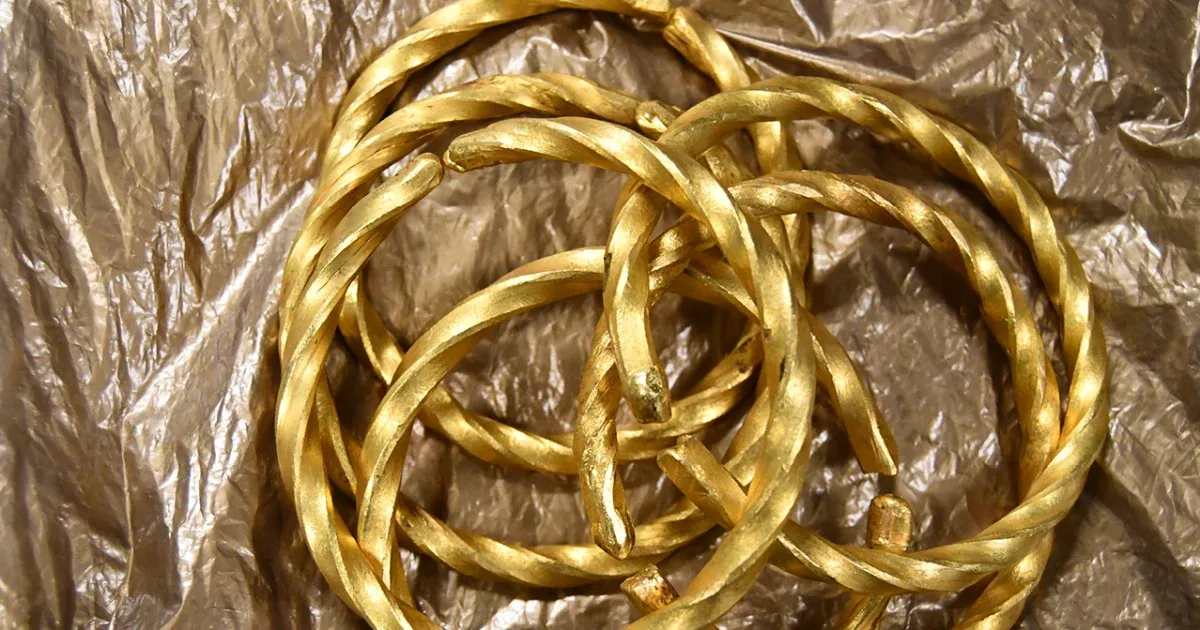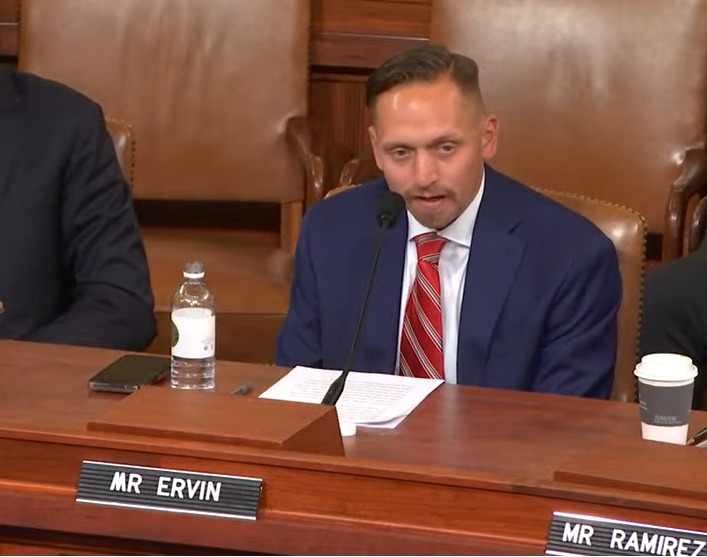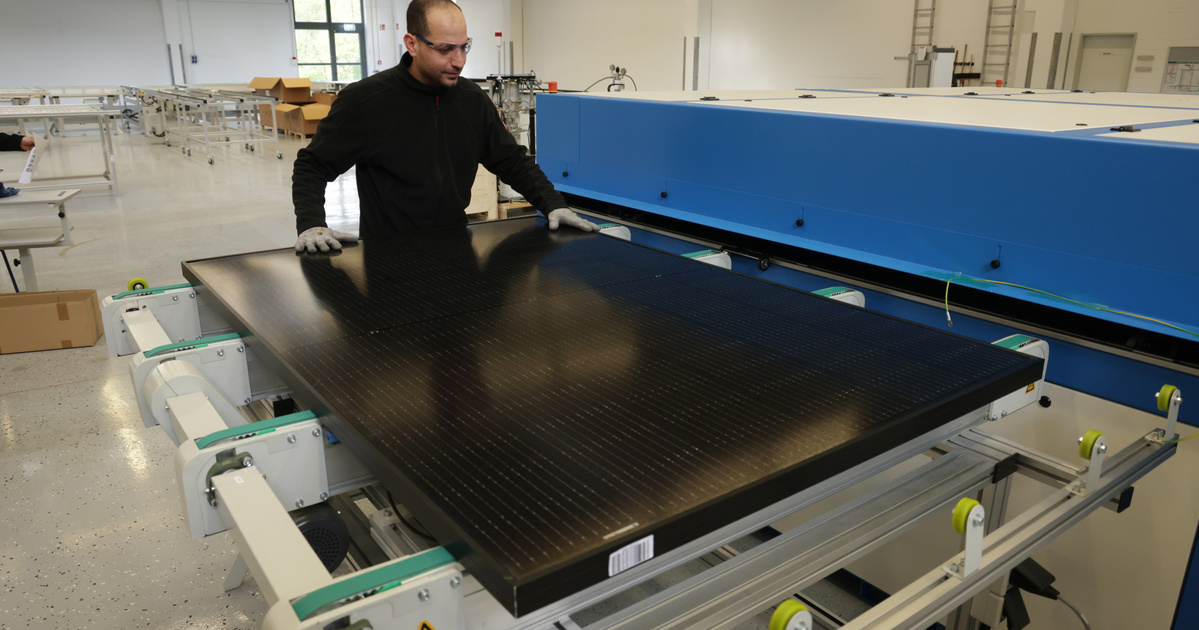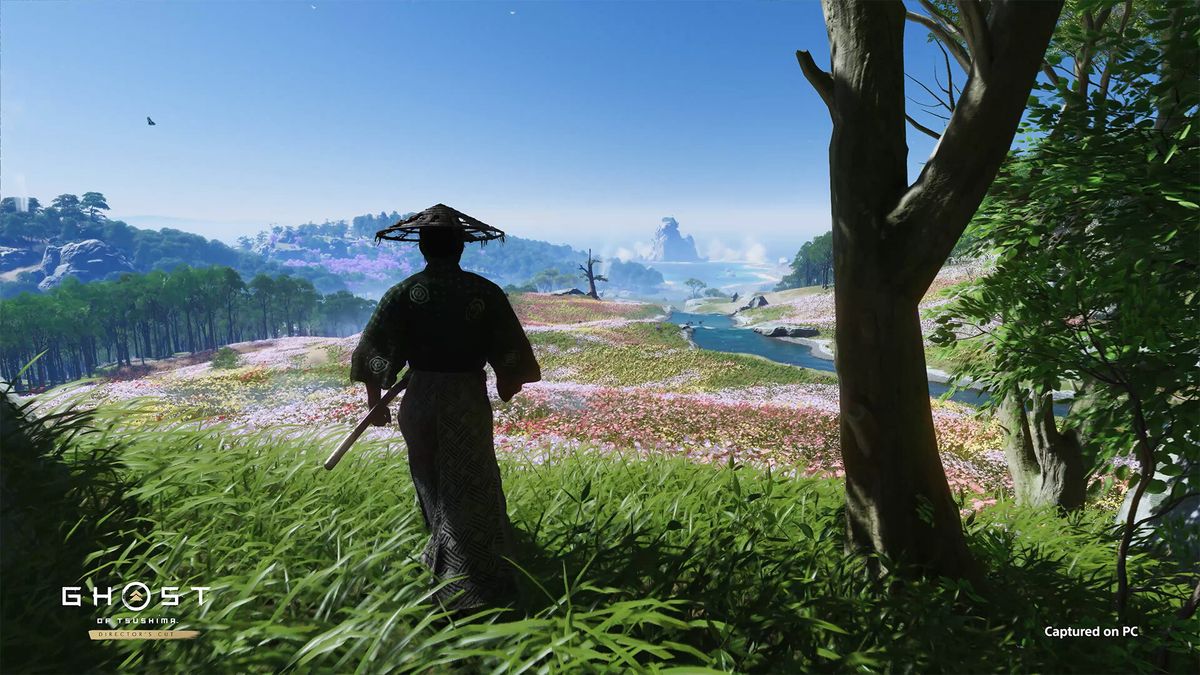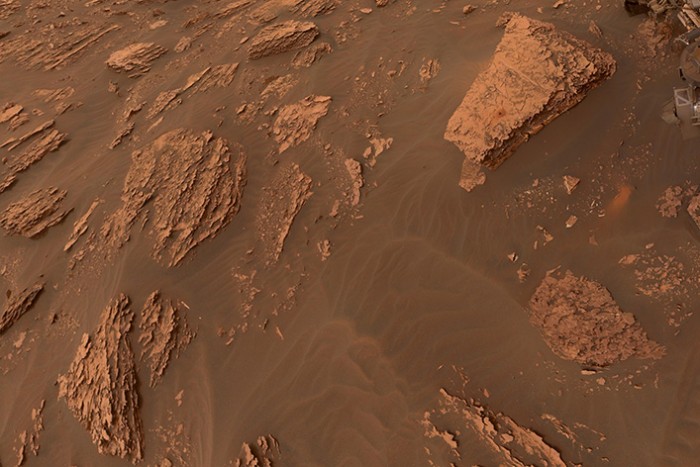The Japanese space agency JAXA plans to launch a mission to Phobos, one of Mars’ moons, in 2024, and before the end of the decade, in 2029, to bring 10 grams of soil samples back to Earth to be collected from Earth. the surface of the celestial body. Project manager Kavakacu Yasuhiro said in an online press conference that Japan is expected to outperform the United States and China in transporting samples collected from the Martian region to Earth in the event of a quick return, despite the launch of a mission later.
The US space agency (NASA) is persistently collecting rock samples in Crater Lake, which will be transported to Earth in 2031 in cooperation with the European Space Agency (ESA). China celebrated in May as the second country to deliver spacecraft to Mars, planning to ship samples home roughly around 2030.
JAXA experts believe that roughly 0.1 percent of Phobos’ surface soil comes from Mars. According to Professor Usui Tomohiro, it is likely that the Earth of the Moon is a mixture of the celestial body and the material of the Red Planet, scattered by sandstorms. The expert believes that collecting samples from different points on Phobos is more likely to provide evidence of traces of ancient Martian life than sampling from a single location on the Red Planet.
However, they will not find anything alive, because any life form that would have traveled from Mars to its moon could not survive the strong solar and cosmic rays.
According to the professor, NASA/ESA research as well as the activities of the Japanese can complement each other and help answer questions about Martian life, if any.
Source: MTI
Image source(s): NASA








